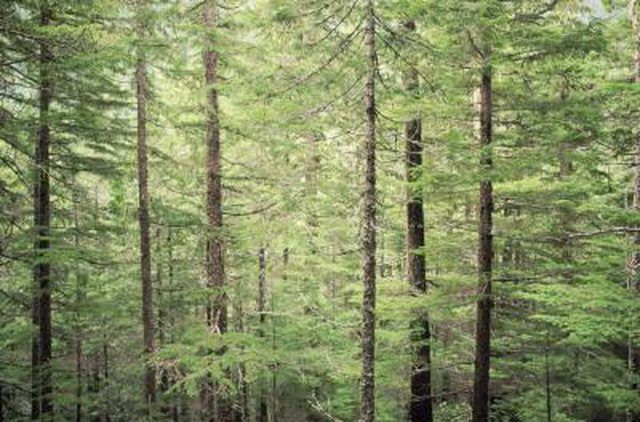Bulbs
Flower Basics
Flower Beds & Specialty Gardens
Flower Garden
Garden Furniture
Garden Gnomes
Garden Seeds
Garden Sheds
Garden Statues
Garden Tools & Supplies
Gardening Basics
Green & Organic
Groundcovers & Vines
Growing Annuals
Growing Basil
Growing Beans
Growing Berries
Growing Blueberries
Growing Cactus
Growing Corn
Growing Cotton
Growing Edibles
Growing Flowers
Growing Garlic
Growing Grapes
Growing Grass
Growing Herbs
Growing Jasmine
Growing Mint
Growing Mushrooms
Orchids
Growing Peanuts
Growing Perennials
Growing Plants
Growing Rosemary
Growing Roses
Growing Strawberries
Growing Sunflowers
Growing Thyme
Growing Tomatoes
Growing Tulips
Growing Vegetables
Herb Basics
Herb Garden
Indoor Growing
Landscaping Basics
Landscaping Patios
Landscaping Plants
Landscaping Shrubs
Landscaping Trees
Landscaping Walks & Pathways
Lawn Basics
Lawn Maintenance
Lawn Mowers
Lawn Ornaments
Lawn Planting
Lawn Tools
Outdoor Growing
Overall Landscape Planning
Pests, Weeds & Problems
Plant Basics
Rock Garden
Rose Garden
Shrubs
Soil
Specialty Gardens
Trees
Vegetable Garden
Yard Maintenance
Diseases of Hemlock Trees
Diseases of Hemlock Trees. Hemlock trees (Tsuga spp.) lend elegance and refinement to yards and native forests, but several maladies plague these graceful trees. Proper preventive care is your best weapon against common hemlock diseases.

Hemlock trees (Tsuga spp.) lend elegance and refinement to yards and native forests, but several maladies plague these graceful trees. Proper preventive care is your best weapon against common hemlock diseases.
Intercepting Needle Blights
Several fungal pathogens cause needle blight disease in hemlocks. Opportunistic fungi target the flat, narrow, needlelike foliage of stressed trees. Improper care, environmental conditions or insects may be accomplices. Needles and young shoots turn pink, tan or yellow, and lower needles brown and fall. Though unattractive, needle blights rarely cause lasting damage. Prompt cultural corrections to alleviate stress and susceptibility are the best treatments. Hardy in U.S. Department of Agriculture plant hardiness zones 3 through 7, hemlocks require full sun to part shade, protection from hot afternoon sun and winds, and well-draining acidic soil with consistent moisture.
Thwarting Tip and Twig Blights and Cankers
Cool, wet weather encourages fungal blights affecting hemlock tips, twigs and branches. Blight-stricken tips become moldy gray and drop from the tree. Twig blights exploit wet foliage and wounds. Twigs turn brownish red or yellow, shoots die back and malformed foliage appears. Fungal cankers leave water-soaked, sunken branch lesions, tracing back to injuries or overwatering and stress. Remove blight- and canker-affected branches when the weather is dry. Use sharp bypass pruners or loppers, and sterilize the blades with household disinfectant before and after each cut. Prune past the diseased area, into the healthy tissue beyond it. Avoid overhead watering and fertilizing affected hemlocks.
Counteracting Cone, Twig and Needle Rusts
Rust diseases leave hemlock cones, twigs and needles covered with yellow-orange fungal spores. Stressed trees and cool, wet weather spur the diseases. Proper care is the best prevention and treatment. Some rusts rotate between hemlocks and alternate plant hosts, which vary by fungal species. Break the cycle by removing alternate hosts or planting resistant hemlock varieties. In eastern regions, hemlock twig rust persists without alternate hosts. Treat the disease with neem oil. Mix 2 tablespoons of neem concentrate with 1 gallon of warm water in a sprayer. Spray all leaf surfaces until completely wet, and repeat twice at seven- to 14-day intervals. Wear gloves and safety goggles, and avoid getting the spray on exposed skin. Wash thoroughly with soap and water after mixing and spraying.
Averting Root Diseases
Annosus root disease reveals itself in seashell-like fungal growth on the bark of affected hemlocks. Prevalent in western regions, the pathogen enters hemlocks through wounds or through the roots of infected trees nearby. Avoid wounding trees with mowers and trimmers. If trees are cut down, prevent infection that might enter the stump and spread through roots. Treat stumps larger than 8 inches in diameter with a layer of granular Borax across the cut surface. Take the same safety precautions used with neem. Compacted soil, poor drainage and overwatering increase hemlock vulnerability to potentially lethal fungal root and crown rots. The tree's soil should be well-drained, evenly moist and never soggy.
Avoiding Wetwood, Decay and Heart Rot
Wetwood or slime flux occurs when soilborne bacteria infect hemlock wounds. Foul-selling liquid oozes from infected areas, while twigs wilt and die back. The unsightly disease does little damage. Decay and heart or sap rots spring from fungal pathogens. Older trees weakened by injury and drought are ready victims. Inner tissues die and weaken trees further. Shell-shaped fungal growths -- some brightly colored -- appear at the tree's base. The diseases affect both dead and live hemlock trees, and may spread through roots. Storms often reveal the inner damage. Keep trees healthy, vigorous and injury-free to avoid decay and rot diseases. Remove stricken trees before they become hazards.